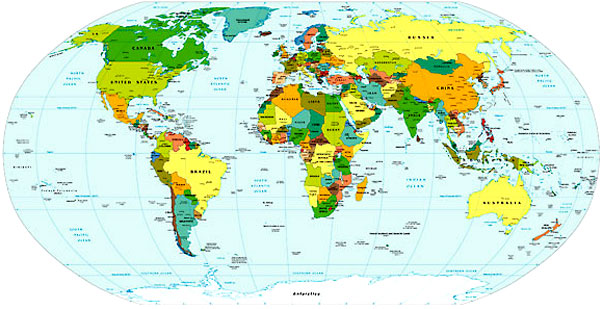 When I was a child we used to play this game “Around the World” in school. Taking it in turns we’d go around in a circle. To kick things off, someone would say a place name—country, state or city. From there, the next person had to name a place that started with the last letter of the previous place. If you repeated one or didn’t find a place in time (only a few seconds) you were out. I was a bit of a champion at this game. Anyway, “A” could pose a problem. Why? Because there were so many places beginning with “A” that ended with “A.” The game would inevitably find itself in a Alberta—Alaska—America—Alabama—Australia—Austria cycle. Then I would bring out “Afghanistan.” This was the mid-eighties, so the National Geographic photo (you know, the photo) was new, and there was a different war going on there, with the Soviet invasion. The name fascinated me—I thought it was—still think it is—a beautiful word. And on 19 August Afghanistan celebrates Independence Day—marking its 1919 independence from the United Kingdom.
When I was a child we used to play this game “Around the World” in school. Taking it in turns we’d go around in a circle. To kick things off, someone would say a place name—country, state or city. From there, the next person had to name a place that started with the last letter of the previous place. If you repeated one or didn’t find a place in time (only a few seconds) you were out. I was a bit of a champion at this game. Anyway, “A” could pose a problem. Why? Because there were so many places beginning with “A” that ended with “A.” The game would inevitably find itself in a Alberta—Alaska—America—Alabama—Australia—Austria cycle. Then I would bring out “Afghanistan.” This was the mid-eighties, so the National Geographic photo (you know, the photo) was new, and there was a different war going on there, with the Soviet invasion. The name fascinated me—I thought it was—still think it is—a beautiful word. And on 19 August Afghanistan celebrates Independence Day—marking its 1919 independence from the United Kingdom. Obviously the country has a long history before its 1919 independence—and prior to its position as part of the British empire. Excavation indicates that the region has been inhabited for at least 50,000 years—and they started farming early. Placed between so many Indo-European civilisations is it any surprise that there’s been so much activity there?
Genghis Khan did some damage there—1219 saw the Mongols run amok in Afghanistan, and their rule was extended after the invasion of Timur Lang, or, as the Western World better knows him (through people like Christopher Marlowe) Tamerlane. The first “Afghan State” came about in the 18th century.
And then there were the Europeans. After the Anglo-Afghan wars (there were three—did you know that? 1839-42; 1878-80 and 1919) most of Afghanistan’s territory came under British control. The Brits had a lot of influence but when King Amanullah Khan took the throne in 1919 Afghanistan regained independence. Good job.
 1973 saw the move (via a coup—a bloodless one) to a Republic and some years of internal conflict—until the Soviets moved in. Then the blood really started to flow, with somewhere between half a million and two million Afghani civilians killed before the withdrawal of the Soviets in 1989.
1973 saw the move (via a coup—a bloodless one) to a Republic and some years of internal conflict—until the Soviets moved in. Then the blood really started to flow, with somewhere between half a million and two million Afghani civilians killed before the withdrawal of the Soviets in 1989. Then came the Taliban, followed by the invasion by US troops. I won’t go into all the al-Qaeda stuff. But you remember the Taliban’s destruction of the Buddhas of Bamiyan, right? I remember when the story was published in the newspaper—I tore it out, and stuck it in my diary, something to mourn over periodically.
More recently, the film Kandahar had some amazing images in it. The unforgettable? The sight of prosthetic limbs being dropped over the country, floating to the ground with their parachutes. It’s a wonderful film—you should see it.
Today’s poem is called, appropriately, “The Silenced.” We don’t hear a lot of Afghani voices. This is written by Nadia Anjuman, and comes from Language for a New Century.
The Silenced
I have no desire for talking, my tongue is tied up.
Now that I am abhorred by my time, do I sing or not?
What could I say about honey, when my mouth is as bitter as poison.
Alas! The group of tyrants has muffled my mouth.
This corner of imprisonment, grief, failure and regrets—
I was born for nothing that my mouth should stay sealed.
I know O! my heart, It is springtime and the time for joy.
What could I, a bound bird, do without flight.
Although, I have been silent for long, I have not forgotten to sing,
Because my songs whispered in the solitude of my heart.
Oh, I will love the day when I break out of this cage,
Escape this solitary exile and sing wildly.
I am not that weak willow twisted by every breeze.
I am an Afghan girl and known to the whole world.
—Nadia Anjuman
translated from the Dari by Abdul Salam Shayek
from Language for a New Century


No comments:
Post a Comment